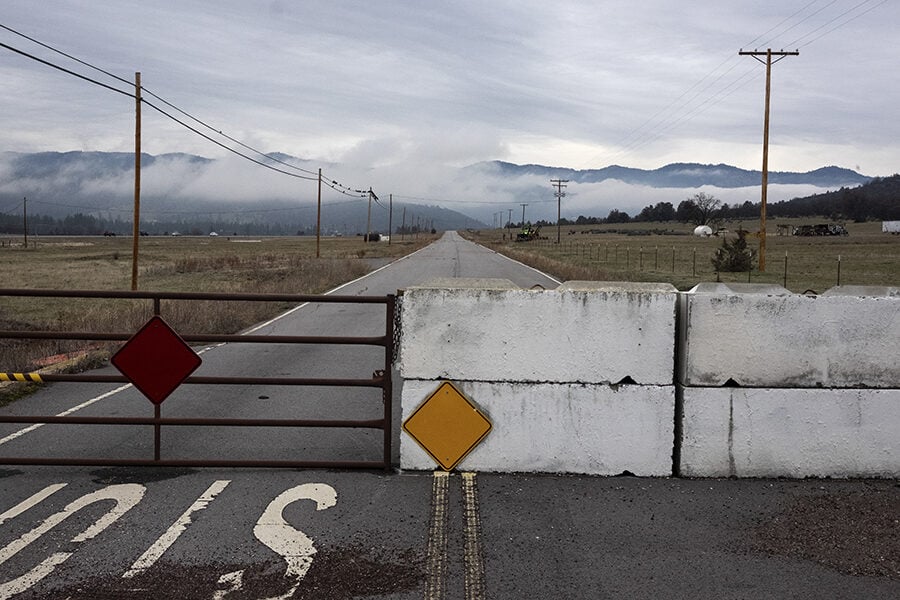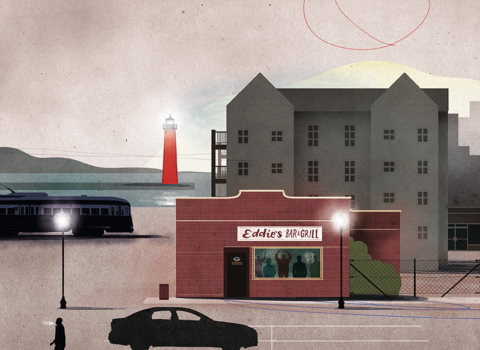Notes on the State of Jefferson

A roadblock outside Yreka, California © Rian Dundon
Notes on the State of Jefferson
Just after I arrived in Redding, California, a town of ninety thousand people at the north end of the Central Valley, some two hundred miles from San Francisco, a man approached my car and started pummeling my window with his fists. “Go back to the fucking Bay,” he bellowed. “We don’t want you up here!” I wasn’t surprised he had pegged me for an outsider—my truck was indisposed that day, and I had borrowed my girlfriend’s mother’s Tesla. But before I had a chance to explain that I did not, in fact, live in the Bay Area, an elderly…




